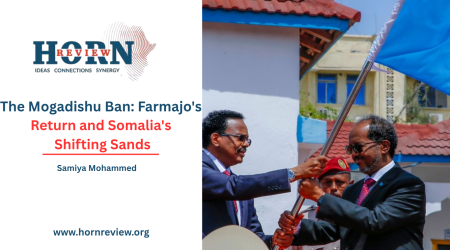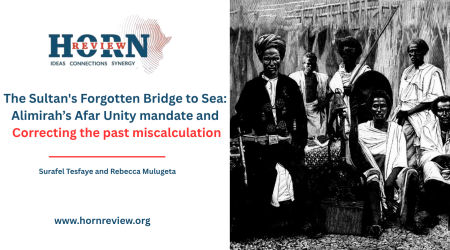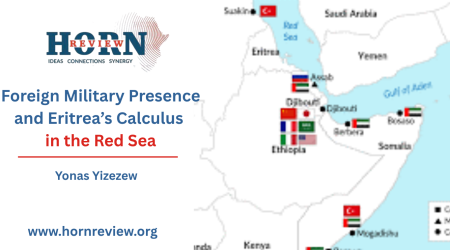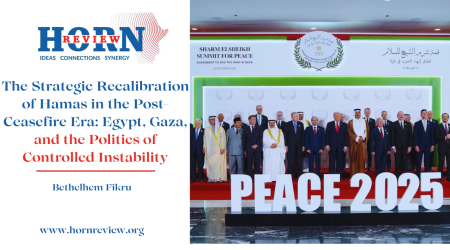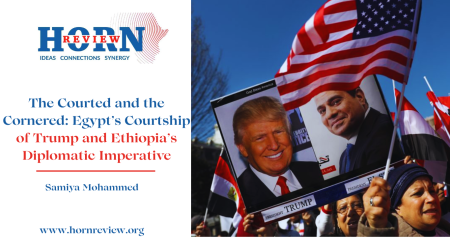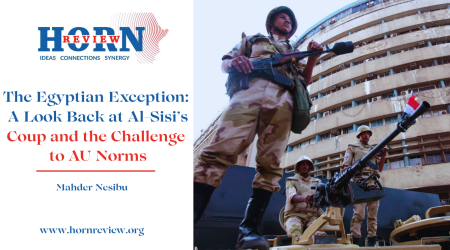
1
Apr
SADC’s Blueprint to IGAD’s Breakthrough: Forging a New Era of Regional Cooperation in the Horn of Africa
The Horn of Africa, a region of immense strategic significance, stands at a critical juncture. The foundational principles of regional integration, as articulated in the Lagos Plan of Action and the Abuja Treaty, remain as relevant as ever. Within this context, the Intergovernmental Authority on Development (IGAD) plays a pivotal role. While IGAD possesses inherent strengths in addressing the region’s complex challenges, particularly in areas of political stability, security, and humanitarian response, the operational efficacy of the Southern African Development Community (SADC) offers a compelling paradigm for its strategic evolution.
IGAD’s contributions to the Horn are undeniable. Its efforts in fostering regional dialogue and addressing critical issues such as drought resilience and conflict mediation have laid the groundwork for regional cooperation. However, the question remains: how can IGAD further enhance its impact and solidify its position as a leading force in the Horn? The answer lies in exploring the successful strategies employed by SADC, not as a critique of IGAD’s existing framework, but as a means to unlock its full potential.
SADC’s demonstrated ability to translate regional consensus into decisive action, particularly in conflict resolution and economic integration, presents a valuable framework for IGAD’s strategic development. The proactive approach exemplified by SADC, characterized by robust institutional mechanisms and a commitment to collective action, offers a compelling model for IGAD to enhance its own operational effectiveness.
It is not a matter of IGAD lacking inherent value, but rather a recognition of the potential for amplified impact. The overlapping mandates and institutional redundancies that occasionally arise within the Horn’s regional architecture demand a streamlined approach, one that prioritizes efficiency and maximizes resource allocation. By adopting elements of SADC’s successful strategies, IGAD can further optimize its operations and enhance its ability to address the region’s multifaceted challenges.
A particularly compelling example of successful regional cooperation is the joint SADC and EAC intervention in the Democratic Republic of Congo (DRC). This collaborative effort, aimed at restoring peace and stability in the eastern DRC, highlights the potential for regional bodies to leverage their combined resources and expertise to address complex security challenges. This model of inter-regional cooperation.
For example, SADC’s progress in fostering economic integration, through initiatives such as trade facilitation and infrastructure development, highlights the symbiotic relationship between economic prosperity and regional stability. IGAD could draw inspiration from these initiatives to further its own economic integration agenda. Prioritizing economic integration, through initiatives such as trade facilitation, infrastructure development, and harmonized economic policies is essential for fostering long-term stability and prosperity. IGAD could establish a regional development bank to facilitate these initiatives.
The Horn with its strategic location and vast economic potential, stands to benefit immensely from a revitalized IGAD. A more integrated regional framework, capable of addressing both security and economic challenges with decisive action, would attract investment, foster sustainable development, and amplify the region’s voice on the global stage.
To achieve this, IGAD’s strategic evolution must focus on several key areas. Strengthening its institutional framework and decision-making processes is paramount. This could involve establishing clear protocols for regional intervention, enhancing coordination among member states, and empowering regional institutions to implement decisions effectively.
Furthermore, IGAD should enhance its capacity for regional security cooperation, fostering intelligence sharing, joint military exercises, and coordinated responses to cross-border threats. The creation of a regional security council would provide a platform for strategic dialogue and coordinated action.
The influence of external actors, a persistent challenge in the Horn, necessitates a strategic recalibration. IGAD must assert its autonomy, prioritizing regional solutions and engaging with international stakeholders on its own terms. This requires a proactive approach to diplomacy, one that safeguards the region’s interests and promotes its long-term stability.
The adoption of SADC-inspired strategies would have profound implications for the Horn. A more integrated and effective IGAD would enhance regional stability, attract investment, and unlock the region’s vast economic potential. This would not only benefit the Horn’s member states but also contribute to broader continental integration.
A strengthened IGAD would also enhance the region’s ability to address cross-border threats, such as terrorism and arms trafficking, fostering a more secure and prosperous environment. Furthermore, it would empower the Horn to play a more influential role in global affairs, amplifying its voice on issues of regional and international importance.
The future of the Horn hinges on IGAD’s ability to evolve, to transcend its current operational model and to embrace a more integrated and decisive approach. This is not about replicating SADC, but rather about drawing inspiration from its successes, adapting its best practices to the unique context of the Horn. The potential for a stable, prosperous, and influential Horn of Africa is within reach. The time for IGAD to embrace this transformative vision is now.
The Horn of Africa, a region perpetually ensnared in the complexities of geopolitical strife, demands a fundamental recalibration. The path to regional unity is fraught with challenges, and Ethiopia, a crucial actor, carries a unique responsibility. It has at times, acted as a crucial counterweight against the region’s descent into complete fragmentation, its diplomatic efforts often serving as a necessary if fragile buffer against total collapse.
However, this is not enough. The Horn needs more than reactive interventions; it demands a proactive, unified IGAD, capable of translating consensus into action. Will Ethiopia, alongside its neighbors, transcend national interests to forge a new era of cooperation, or will the region remain trapped in a cycle of instability? The answer lies in IGAD’s ability to shed its fragmented past and embrace a future where the Horn’s potential is finally realized, a future where regional strength eclipses individual vulnerabilities. The time for transformative action is now.
by Bethlehem Fikru,Researcher,Horn Review

